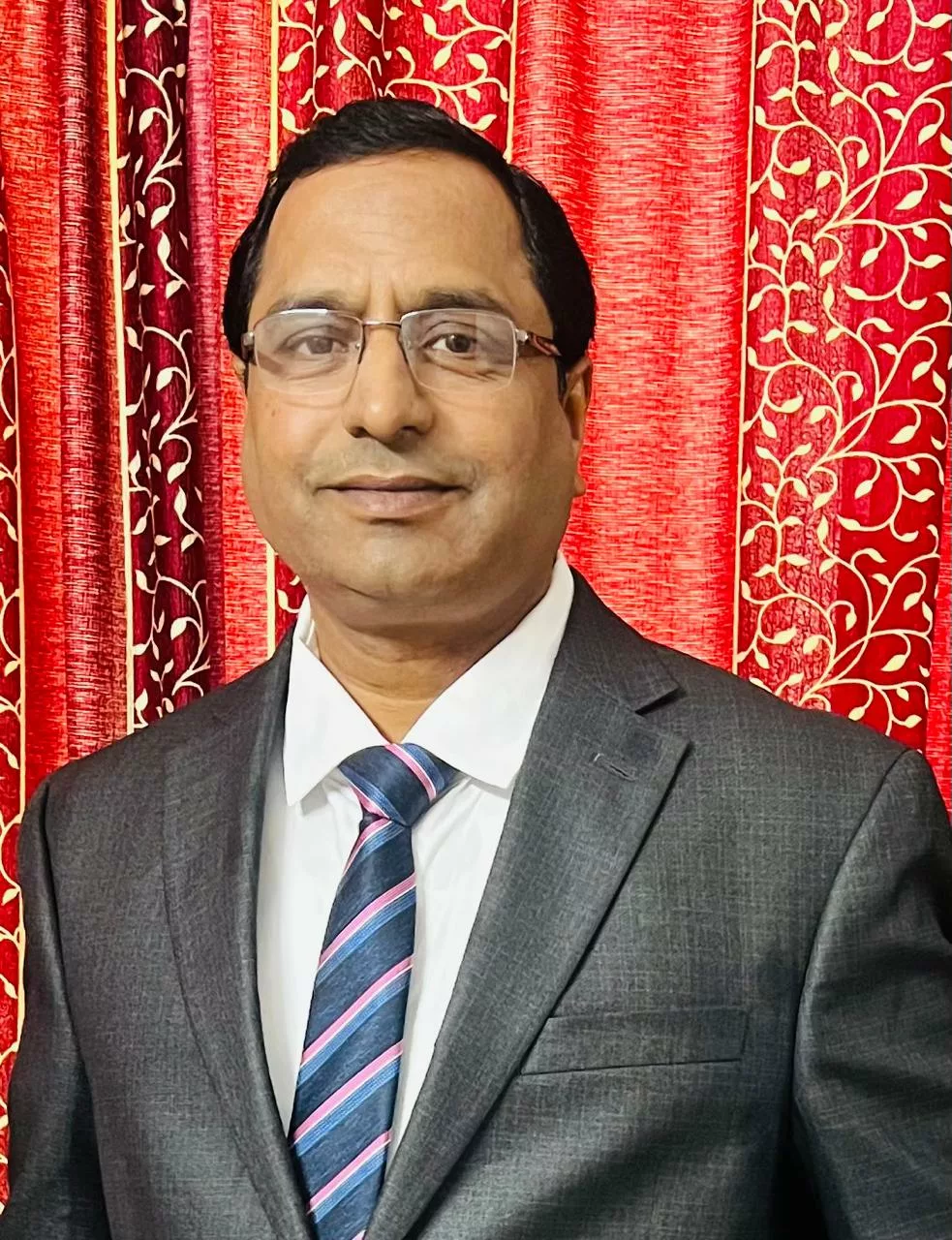With the Rahamanniyah fertilizer coming on board, do you think this is enough to stop Nigeria from importing fertilizer from other parts of the world?
Yes, that is a big problem we are facing in Nigeria. That we are importing fertilizer from abroad, that is not good because everything is available in Nigeria. Phosphate is available. Sokoto is rich of limestone — very huge quantity of limestone is available. Dangote and Indorama are producing urea, so we are not depending on other countries for the urea, we are depending on our own. As a Nigerian team, I’m saying we are producing our own urea and after some time we are going to produce our phosphate also. Phosphate is also available in Nigeria. The phosphate we are using as DAP. MOP, we can import from other countries, it’s okay. But other three products are also available in Nigeria. With Rahamanniyya fertilizer, Nigeria Will not dependent on the other countries because our product quality, our product capacity is already very high. It is sufficient for the Nigerian market.
How does Rahamanniyya fertilizer benefit the farmers?
Initially, I told you that so many fertilizers are available in the market. And I have checked because we are in the market, we are competing in the market, some old fertilizers are also there and we are the new fertilizer. That is why we want to compete in the market. So, what we are doing, we are taking samples from other fertilizers companies and we are doing sampling in our own laboratory and we are comparing our products. We are comparing the standard of our product with others. And we found that our product quality is very high. If farmers are purchasing Rahamaniyya fertilizer, it will give them automatic benefits because other products in the market have a lot of dust and mud. There is too much dust in the fertilizer they are purchasing. If farmers are using the Rahamaniyya fertilizer, one bag of our product is equal to four bags of other fertilizer.
What’s your message for your competitors?
I already told you that we have two lines of blending. Each lens has a capacity of 60MT per hour. That means total capacity is 2880MT. Also, we have two lines of limestones granules, which is very huge in capacity. I already told you that our limestone is dust free. If anybody is interested in purchasing this limestone from the Rahamanniyya fertilizer, you are free to come.
What kind of fertiliser are you producing in the company?
In Rahamaniyya fertilizer, we are preparing NPK 20:10:10 fertiliser and NPK 15:15:15. These two varieties are very familiar and very famous with the farmers and we produce all kinds of NPK fertilisers: They use NPK 20:10:10 and NPK 15:15:15 for various crops. The aim of Rahamaniyya fertilizer is to produce very good fertilisers for the farmers. That is our target. In preparation of NPK, we are using urea, we are using DAP, we are using MOP and limestone. Limestone is a raw material, but in preparation of the limestone, we have our own products, we are not going to buy from anybody. That means our limestone granules is a very good product because it’s 100 per cent limestone. We are giving 100 per cent to farmers. The Rahamanniyya fertilizer — NPK 20:10:10, NPK 15:15:15, these are some the best fertilizers in Nigeria. We have already given the sample to the Nigerian government; they have already approved the two as the best in Nigeria. We are giving the farmers good products, that is the target of Rahamanniyya fertilizer that we can give the farmers pure fertiliser. Purity means what are the elements in the fertilizer, just like Urea. Urea must be pure, DAP must be pure, MOP must be pure and limestone should be pure. Nowadays in the market, we have seen so many varieties of limestones available. Those varieties, we have checked in our laboratory, but our limestone is the number one in the market. I challenged others to check the quality of the limestone we are using. They can come to our plant and see our limestone granules name and they can check what is the property, what is the quality that we are using? We are using pure ground limestone, there is no dust, there is no mud. So, purity, we can say, is 100 per cent. If purity is there, that means it will yield more profit to farmers automatically. And my whole team is working according to that.
What is the cost of the project?
We have two lines of NPK. Two lines mean line one and line two. All the lines are designed for 60MT per hour. That means we can say one line has the capacity of 1,414. The two lines have the capacities of 2,818 MT per day. That means we are capable of producing 2,818 MT per day of NPK. After two lines of blending plants, we also have limestone plant. The problem of limestone is dust. Our limestone plant has zero dust. That is why our fertilizer is very pure. We have two limestone plants. One plant is already commissioned and the second is almost at completion stage. Within two months, the project would be completed. After the competition, we can run four plants at a time.
How many metric tonnes can it produced per annum?
We are producing 2,818 MT per day. So you can say 1,028,570MT per annum is our blending capacity and limestone capacity is 40MT per hour and if you calculate in 30 hours or 24 hours, we can say 800MT per day production for the limestone granules. This is the first plant in Nigeria with this capacity. Rahamanniyya fertiliser is one of the biggest and highest capacity plants in Nigeria. It’s a huge production.
There are similar fertilizer plants across Nigeria, what would you say is the strength Rahamanniyya fertilizer has over others?
Actually, in Nigeria, a lot of fertilizer plants are available. And for the urea, the Dangote fertilizer plant is also there in Lagos. Indorama ferterliser is in Port Harcourt, Rivers state and so many NPK plants are there. Dangote fertilizer is producing only urea. Indorama fertilizer is producing only urea. But we are mixing the fertilizer. What is the purpose of urea? Urea is giving nitrogen to the crops. But, we are doing the mixing of the fertilizer. That means we are giving nitrogen, ammonium phosphate (DAP), that means we are giving phosphate also (MOP), we are giving pottash also and we are giving limestone. That means we are giving nitrogen, phosphorus, potash and limestone. That is why I’m saying our fertilizer is unique.





